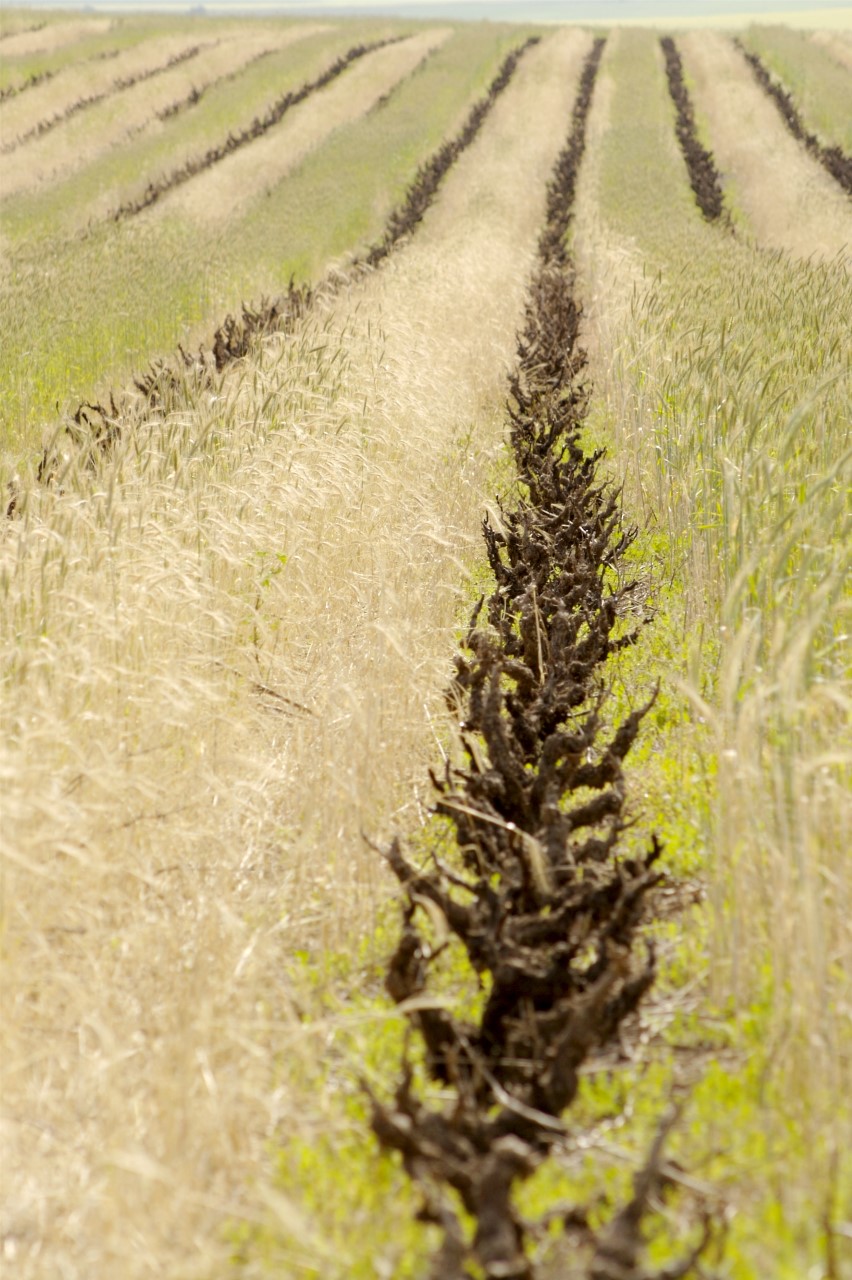SWARTLAND SHIRAZ
South Africa, like other New World wine-producing countries, enjoys the freedom to plant the variety of choice wherever the wine grower wishes. Although this results in a multi-varietal mix within a region, often one or two become associated with the area thanks to climatic suitability. For instance, Constantia claims association with Sauvignon Blanc, Stellenbosch with Cabernet Sauvignon and the Swartland with Shiraz (or Syrah).
It was only in the last few years that Shiraz took over the reins from Cabernet as the most planted variety in the Swartland; even today, Cabernet accounts for 1365ha compared with Shiraz’s 1624ha. Yet the latter’s pre-eminence derives from the Swartland’s ‘perfect climate for Syrah’, as Chris and Andrea Mullineux explain why they settled in the area and focused on this Rhône grape.
At their recent tasting of 10 years of Mullineux Syrah (2008-2017) they explained what makes Swartland Shiraz so special. The main soil types – granite, schist and iron – are major influences. The Mullineux’s Single Terroir range includes varietal Syrahs from each of these soils, whereas the regular label, always 100% Syrah, is a varying blend from these soils in the 11 vineyards they work with. The percentage of each is determined by vintage. Schist soils are the most balanced and consistent from vintage to vintage, whereas granite and iron soils vary more depending on rainfall and temperature.
Visitors to the Swartland will notice a majority of the vines grow as bush vines. Chris Mullineux explains that as a region which gets very hot in summer, it’s important the grapes ripen without getting burnt. The canopy of a bush vine is a bit like an umbrella, giving the fruit 70/80% shade. In this way, the fruit is able to develop ripe flavours without losing freshness or exceeding 13%-14% alcohol.

Photo credit: Julian Goldswain
Winemaking is kept as simple as possible in order to express the personality of the Swartland, which the Mullineux’s summarise as: perfume, power, texture and intensity plus the area’s thumbprint tannin. Spontaneous fermentation, a minimum of gentle daily punchdowns, ageing in a mix of small and larger oak vessels – all respect the fruit and its origin.
What the tasting of these 10 vintages revealed is that Shiraz can be enjoyed as a young wine as the tannins are firm yet unharsh and well integrated with the fruit, but the wine also has sufficient structure and freshness, to mature. Aromatics cover a spectrum of florals, dark spice, tuffles, even iron and blood, plus an overarching sense of warm, red earth.
South African vintages are often predicated on Stellenbosch red wines. There has to be a different mindset with Shiraz in the Swartland, although in generally recognised years such as 2009, 2015 and 2017, the wines matched quality elsewhere. In lighter years such as 2011, 2013 and especially the challenging 2016, when the drought really set in, the wines are successful, mainly thanks to an understanding of the vineyards and the very important part of blending fruit off the different soils.
The latest Platter’s results, where six of the five star Shirazes are made from Swartland fruit, including two of the Mullineux’s single soil bottlings, again confirm the pair make ideal partners.
- Angela Lloyd